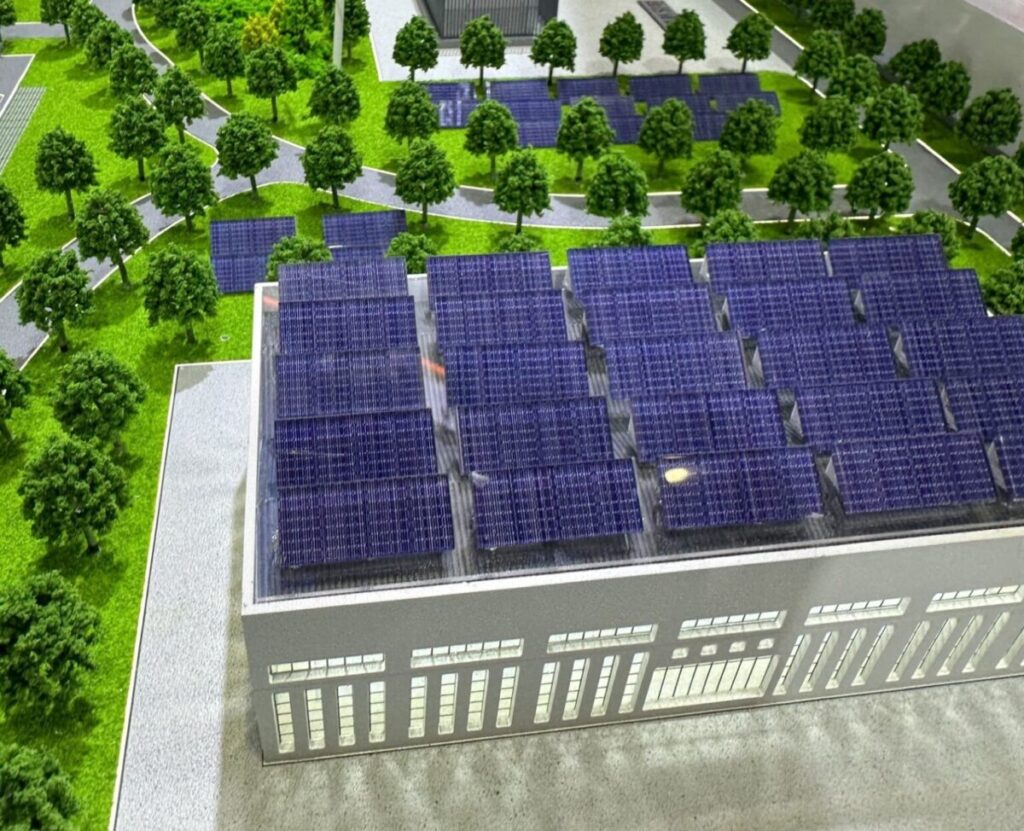Scientists in China have developed a new PV-driven cooling and heating system that combines a water-cooled gas cooler and an air-cooled gas cooler. The system has completed a series of simulations and showed that it could possibly reach a performance coefficient of up to 7.34.
A group of researchers from China has developed a new heating and cooling system that uses PV and battery storage capacity.
“In this study, an environmentally friendly combined heating and cooling system is integrated with photovoltaic solar and energy storage proposed for a commercial supermarket, and the waste heat of the compressor is also restored for the production of hot water,” the scientists explained. “The hot water produced by this system can be used in many applications, such as baths, heating and other scenarios.”
The scientists simulated the thermodynamic performance and carbon emissions of the system in different regions in China.
The novelty of the system lies in the combination of water -cooled gas cooler (WC) and air -cooled gas cooler (AC). It also uses throttling valves (TVs), a evaporator, a water pump, a PV panel, a battery, a photovoltaic inverter and a photovoltaic controller. It was assumed that it worked in a supermarket of 1,866 m2, where the system is in a stable state and the overheating degree of the compress is set at 5 C.
In the proposed system configuration, the work fluid in the system in the evaporator evaporates before he enters the compressor and is compressed, whereby the work fluid comes to high temperature after compression to heat the water -cooled condenser to heat the tap water. The tap water is then heated in hot water at high temperature, which is then pumped into the hot water into the hot water as hot water into the house.
“After preliminary cooling in the water-cooled gas cooler, the working liquid enters the air-cooled condenser to expel heat to the atmosphere. Then the working liquid is cooled further and the throttle valve comes in. Then the low temperature and low pressure wires are entered.
The new system was simulated numerically in five cities in China, namely Harbin, Beijing, Shanghai, Kunming and Guangzhou. It was also simulated against a reference system that did not include PV components and missed an AC, only including the toilet for heating.
“The performance coefficient (COP) of the system initially increases and falls with the rise in the discharge pressure, which achieves the maximum COP in the optimum discharge pressure. When the discharge pressure is 8.13 MPA, the maximum total COP is 7.34,” the team said. “As the latitude of a city increases, the general electricity use decreases. The energy consumption can be reduced by 61.8 ~ 76.2% compared to the basic system.”
The analysis also showed that the emissions decrease with the increase in the city’s latitude. In general, the carbon emissions are reduced by 51.3 ~ 63.3% when the system proposed by the new proposed system is adopted. “The new system can lower the discharge pressure compared to the baseline system. The higher ambient temperature, the discharge pressure is considerably reduced, which can be reduced to 12.28% in the ambient temperature of 40 ° C,” the researchers concluded.
The system was presented in “Eco-friendly combined heating and cooling system integrated with photovoltaic solar and energy storage of solar energy: thermodynamic performance and evaluation of carbon emissions“Published in Case studies in thermal engineering. Scientists from the Chinese Guangzhou Automobile Group, Beijing Jiaotong University and Tianjin University of Commerce conducted the research.
This content is protected by copyright and may not be reused. If you want to work with us and reuse part of our content, please contact: editors@pv-magazine.com.

